 Creepy
Creepy  Creepy
Creepy  Technology
Technology 10 Scientific Breakthroughs of 2025 That’ll Change Everything
 Our World
Our World 10 Ways Icelandic Culture Makes Other Countries Look Boring
 Misconceptions
Misconceptions 10 Common Misconceptions About the Victorian Era
 Mysteries
Mysteries 10 Strange Unexplained Mysteries of 2025
 Miscellaneous
Miscellaneous 10 of History’s Most Bell-Ringing Finishing Moves
 History
History 10 Great Escapes That Ended Right Back in Captivity
 Weird Stuff
Weird Stuff 10 Fascinating Things You Might Not Know About Spiders
 Food
Food 10 Everyday Foods You Didn’t Know Were Invented by the U.S. Military
 History
History 10 Odd Things Colonial Americans Kept at Home
 Creepy
Creepy 10 More Representations of Death from Myth, Legend, and Folktale
 Technology
Technology 10 Scientific Breakthroughs of 2025 That’ll Change Everything
 Our World
Our World 10 Ways Icelandic Culture Makes Other Countries Look Boring
Who's Behind Listverse?

Jamie Frater
Head Editor
Jamie founded Listverse due to an insatiable desire to share fascinating, obscure, and bizarre facts. He has been a guest speaker on numerous national radio and television stations and is a five time published author.
More About Us Misconceptions
Misconceptions 10 Common Misconceptions About the Victorian Era
 Mysteries
Mysteries 10 Strange Unexplained Mysteries of 2025
 Miscellaneous
Miscellaneous 10 of History’s Most Bell-Ringing Finishing Moves
 History
History 10 Great Escapes That Ended Right Back in Captivity
 Weird Stuff
Weird Stuff 10 Fascinating Things You Might Not Know About Spiders
 Food
Food 10 Everyday Foods You Didn’t Know Were Invented by the U.S. Military
 History
History 10 Odd Things Colonial Americans Kept at Home
Top 10 Innovative Products Of The Last Decade
Innovations in technology come all the time, and companies are continually working to improve their technology to take the lead in the marketplace. Each year, something new is introduced that changes the game, and when there’s something truly special, the world of technology is changed forever.
See Also: 10 ‘Green’ Products That Are Bad For The Environment
In the years between 2010 and 2019, there were tons of impressive gadgets, innovations to existing technologies, and inventions that captivated the marketplace. Some even went on to influence pop culture and establish itself in the zeitgeist. These ten gadgets were the most innovative of the decade, ordered from beginning to end.
10 2010: Instant Pot

Even if you don’t have an Instant Pot of your own, odds are, you have a friend or coworker who won’t stop telling you how great theirs is. The Instant Pot was released in 2010, and while it may seem like any old pressure cooker, it’s far more, and its capabilities are vast. The multifunction cooker was created by Robert Wang, a computer scientist who put up $350,000 of his savings to bring his dream to reality. The Instant Pot was an immediate success, and thanks to the word-of-mouth from food bloggers, and the ease of selling via Amazon, it quickly became one of the hottest products of the year.
Instant Pots work like slow cookers, but they can also be used to steam rice, boil dozens of eggs, cook meats, bake a cheesecake, make oatmeal, and a thousand other things you’d never expect a pressure cooker would be capable of doing. There are thousands of recipes and cookbooks available for these things, and because most only require that you dump the ingredients in and walk away, Instant Pots are taking over where conventional slow cookers and pressure cookers were years before. They tend to go on sale every so often, and now that Wang has partnered with Corelle, the gadget is going to be around for a long time.
9 2011: Nest Learning Thermostat
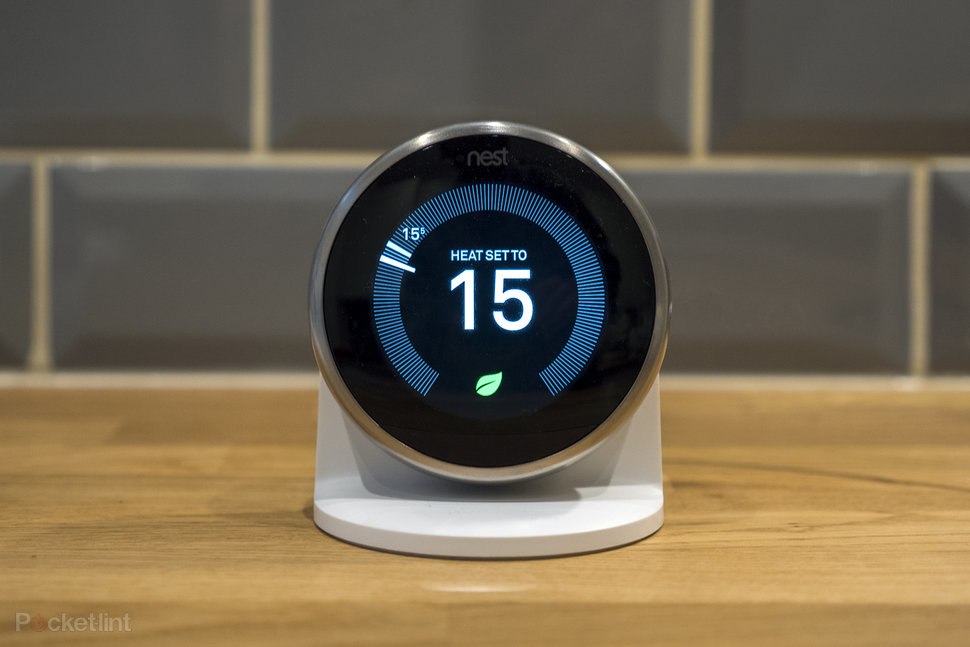
The Nest Learning Thermostat was introduced as one of the most innovative new thermostats ever made, and it sold like crazy. The thermostat has many of the same features now standard in other models, but in 2011, it was unheard of to have a thermostat capable of machine learning. The device is connected to the internet through a wi-fi connection, and via an algorithm, it manages to track a person’s preferences in terms of how cool or hot they like their environment. It couples this data with information related to when people are in the home, and through this, it creates a schedule designed to maximize performance, and limit energy costs by reducing the need to cool a home when nobody is present.
As of the end of the decade, six models have been introduced, all of which built upon the base model released in 2011. The Nest performed so well, it was eventually purchased by Google in January of 2014 for $3.2 billion in cash. Since then, it has been operated independently from Google’s other businesses, and the line has grown to include other smart home gadgets, including cameras, alarm systems, smoke detectors, and many other successful products.
82012: Tesla Model S
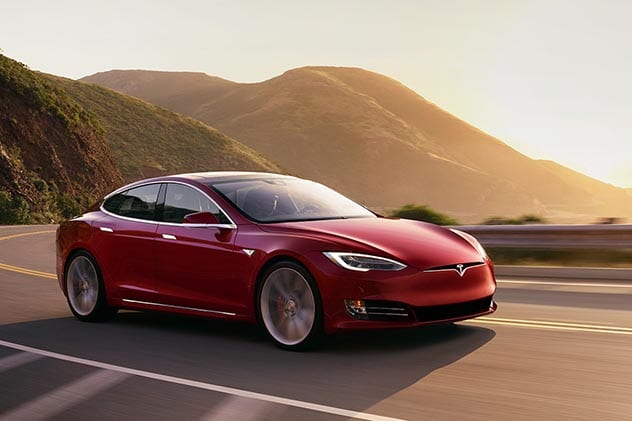
In 2012, Tesla introduced the Model S, and while it wasn’t the first electric car, it changed the way the world thought about them. Technically, the first electric vehicle was made back in the early 19th-century, but the technology was overshadowed by the rise of the internal combustion engine. Elon Musk is hoping to change that, and his line of electric vehicles, first introduced in 2009, started him on the road to becoming a car manufacturer. With the Model S’ release in 2012, the world was given a car that was a viable replacement of their standard, gas-guzzling automobiles, and the future of electric vehicles was given a solid base.
Since the Model S’ 2012 model ended up succeeding for the company, Musk has been able to continue to refine the manufacturing process, and eventually, he released additional models of cars. The 2012 Model S debuted at a whopping $75,000, which was out of the price range for most consumers, but the success of that model helped bring about the Model 3, which is far more affordable. As the technology continues to develop, costs will go down, and more people will be driving Teslas and other electric cars, thanks to the success of the 2012 Tesla Model S.
7 2013: Sony Playstation 4
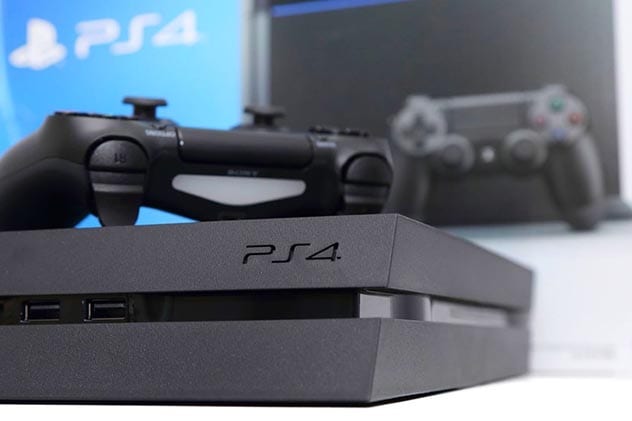
The eighth-generation of consoles began in 2012 with the Wii U, but unlike its predecessor, that console failed to achieve much success, and it wasn’t until the following year that the real console competition kicked off. The PlayStation 4 (PS4) hit store shelves in November 2013, and while it was followed by the XBox One (XB1) less than two weeks later, the PS4 managed to take an impressive lead in the ongoing console war between Nintendo, Microsoft, and Sony. The PS4 was developed with graphics and gamers in mind, while the XB1 was designed to be a full-functioning multimedia player, which didn’t capture as many gamers as the impressive graphics and sound found on the PS4.
The console was widely acclaimed, and the differences between Sony and Microsoft’s products were significant and noticeable. The console sold remarkably well, and by September 2019, Sony had managed to sell more than 102 million PS4 consoles across the globe. The console continues to dominate the marketplace, even as Sony and its competitors are actively working on a ninth-generation replacement. In terms of total sales, the PS4 is only outmatched by the PS2, Nintendo DS, and Game Boy, which makes it the second-best-selling home console (non-handheld) of all time behind another Sony product.
6 2014: Amazon Echo
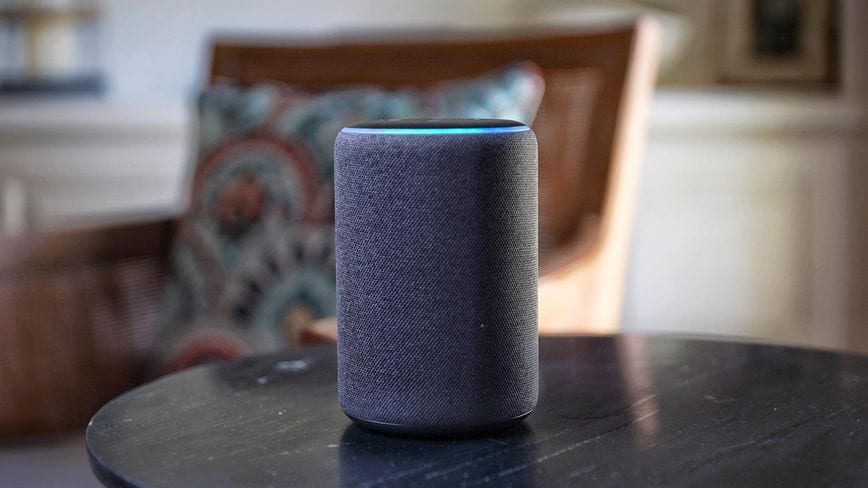
Before 2014, when people talked aloud while alone in a room, it usually meant there was something wrong with them, but that all changed when Amazon released the Echo, a smart speaker that worked much like the computer on the Starship Enterprise. The speaker wasn’t just a Bluetooth device capable of playing your favorite music; it was able to respond to vocal cues, making it a completely hands-free device. If you want to listen to The Beatles, all you had to do was say, “Alexa, play The Beatles,” and you would be singing along with John, Paul, George, and Ringo in a matter of seconds.
By the close of the decade, the Amazon Echo, and its competition from Google and other companies, is ubiquitous. Many homes feature more than one device, and it has advanced to work with phones, in cars, wall clocks, microwaves, and just about anything you never thought you needed or even wanted to be automated. The devices have had some privacy issues, but despite this, Amazon sells Echo devices consistently. In December 2019, the company offered the ability to have Samuel L. Jackson’s voice featured on the device, and he’s likely the first of many celebrity voices to come int he future.
5 2015: JUUL

Though it’s taken a severe hit in 2019 due to the medical scare of vaping coupled with the accusations of marketing the product to teenagers, the JUUL was a revolutionary device when it was released in 2015. Before the JUUL, e-cigarettes were large, complicated, and hard to use. The JUUL is simple, easy to use, fits in your pocket, and can be adapted to include pods featuring mint and fruit-flavored liquids, making it a rival to traditional combustible cigarettes. JUUL was a product that changed an industry, and whatever a person’s thoughts on that industry may be, it represented a significant advancement.
The JUUL’s value on the marketplace was estimated at nearly $24 billion in 2019, and despite the ongoing issues in 2019, the company will likely continue to succeed in the marketplace. JUUL’s mission is “to provide the world’s one billion adult smokers with a true alternative to combustible cigarettes,” and there’s no denying that’s exactly what JUUL did when it was released in 2015. The company has vowed to fight the issues related to youth smoking in regards to its products and is likely to be around for a long time.
4 2016: Apple Airpods
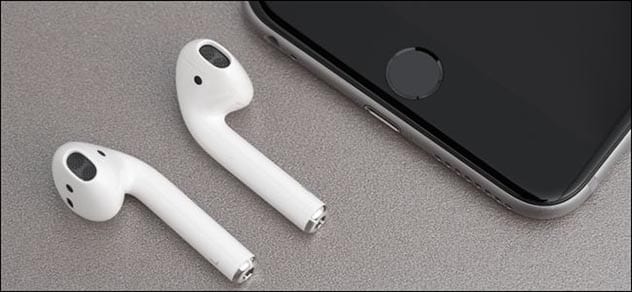
Apple has always been about innovation, and while the company has spent the better part of two decades working to revolutionize the cellphone and tablet markets, that doesn’t mean it isn’t also focused on peripheral devices. In 2016, Apple announced that the iPhone 7 was losing its headphone jack, a feature of cellphones for decades and that its users wouldn’t need it any longer. The company announced Apple AIrpods on the same day, and there’s little wonder why. Apple Airpods weren’t just a new type of headphones; they were the only headphones Apple wanted its customers to buy.
Apple Airpods are entirely wireless, and while some mocked the concept of separating the left and right earpiece for fear of losing one, they proved immensely popular among consumers. The sound quality on them is superior to many comparable models. Advancements have been made since 2016, and subsequent models feature noise cancellation, a more comfortable in-ear fit, and wireless charging. One again, Apple revolutionized the marketplace, and the company did it with a product that has been around for decades in one form or another.
3 2017: Nintendo Switch
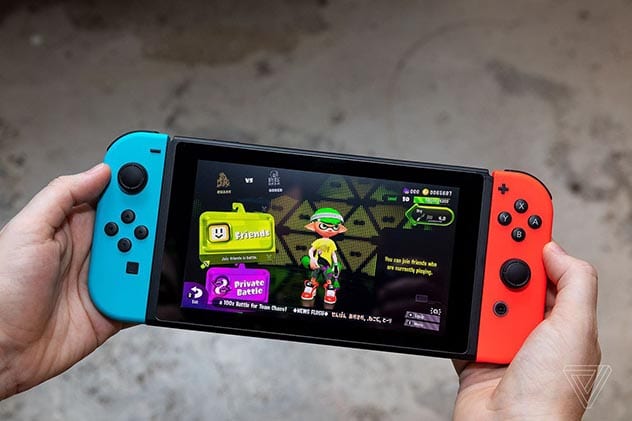
Nintendo has been an innovative company for most of its existence. After all, it initially made playing cards in the 19th-century but went on to save the video game industry in the 1980s. Since that time, the company has attempted numerous advancements in technology and play-style with products that flopped—the Power Glove—and products that dominated the industry, such as the Wii. The successor to that console failed miserably, but the one that came after, the Nintendo Switch, once more took a hold in the marketplace with new technology and a product the fans immediately embraced.
The Nintendo Switch is unlike any console that came before it. It isn’t just a home console like all the Nintendo home products that came before it; it’s portable. Players can lift it out of its docking cradle and seamlessly continue playing their game on the road. They can swap out controllers, drop it in another console anywhere int he world, and continue playing. It also features multimedia playback and isn’t limited to family-friendly games like most Nintendo consoles. The Nintendo Switch’s game library includes most of the AAA titles released on the PS4 and XB1.
2 2018: Mars Translation Earbuds
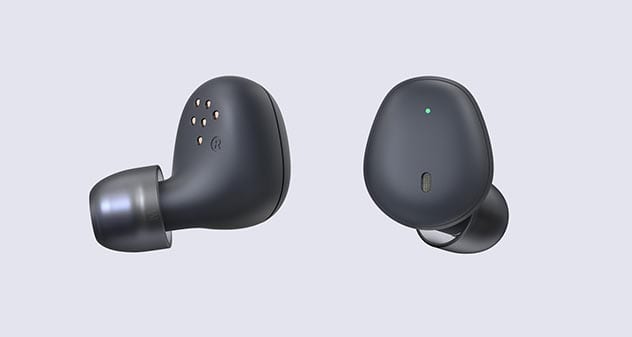
Apple innovated the marketplace in 2016 with the Apple Airpods, but that was just the beginning of wireless earbuds, and the technology has only advanced since that time. Mars Translation Earbuds are exactly what the name implies, and while there have been attempts to create earbuds capable of translating the spoken language instantly, those results were less than extraordinary. These new devices work almost perfectly, as they can take in someone’s speech, and instantly translate it into a person’s ear, but that’s not all they can do.
You can separate them, and hand one of the earbuds over to the person you’re communicating with. So, if you approach someone who only speaks Russian while you can only speak English, just hand one over, and they will hear your words in their native tongue while you will hear theirs in yours. The technology does need some tweaks and improvements, but they are definitely a game-changer for anyone who travels for business, diplomats who need to communicate for their job, and even members of the military working in foreign countries.
1 2019: Oculus Quest
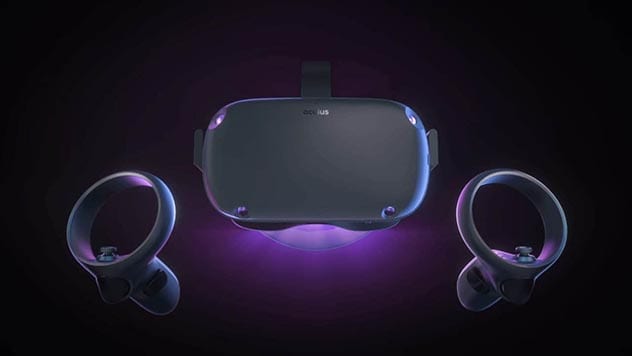
Virtual Reality gaming has been slowly creeping into the marketplace since the 1980s, and it’s been a rough ride. The technology wasn’t capable of supporting many experiences until the development of products like the HTC Vive and the Oculus Rift, but those headsets are somewhat bulky and require a powerful PC to run. The need to pair the Rift and other headsets with a powerful computer meant a player needed to spend thousands of dollars to play anything of value, and that made it difficult for the products to take up more than a niche in the video game marketplace. Fortunately, everything changed with the release of the Oculus Quest.
The Quest wasn’t the second or even the third headset released by Oculus, but it was the first that didn’t require a computer, needed no cables, and could run pretty much every piece of VR software on the market. The ability to take VR anywhere you wanted to go without the need to place barrier equipment or plug it into a computer changed the world of virtual reality forever. This impressive portable technology will only be improved upon in the future, so expect more advanced, lighter, smaller, and better compact VR gear in the future.








